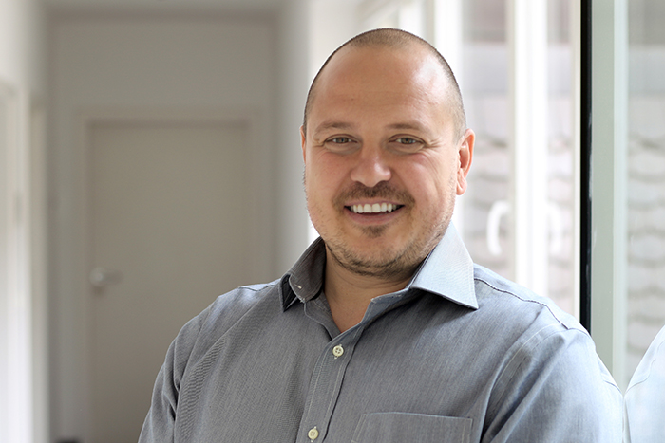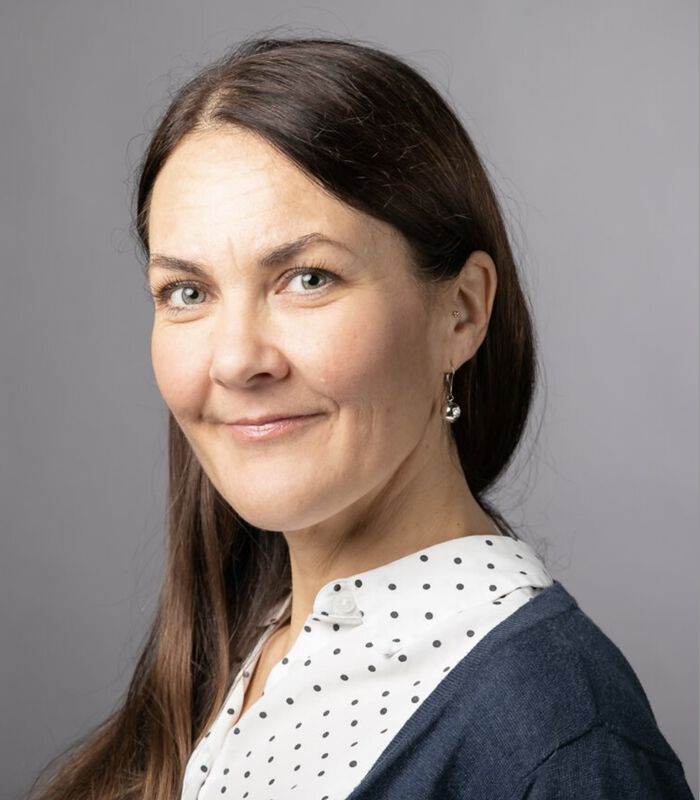Tidligere arrangementer - Side 26
Diet variability in Norwegian killer whales (Orcinus orca): Evidence from quantitative fatty acid signature analysis (QFASA) and mercury levels
Effect of global changes on marine copepods: Influence of pyrene or salinity on thermal tipping points
Seminar with Sarah Semple, Professor of archaeology at Durham University.
Physiological and genotoxic effects of imidacloprid and temperature on the springtail Hypogastrura viatica
Welcome to a guest lecture with Dr. Suman Nath on the political development in West-Bengal, India.
Department seminar. Dave Donaldson is a Professor of Economics at the Massachusetts Institute of Technology.
Language and Cognition Forum is happy to announce that PhD student Akvile Sinkevi?iūt? (Northeastern University London ) will present her work on bilinguals' colour discrimination at Henrik Wergelands House on June 14th.
Language and Cognition Forum is happy to announce that PhD student Akvile Sinkevi?iūt? (Northeastern University London ) will present her work on bilinguals' colour discrimination at Henrik Wergelands House on June 14th.
PhD candidate Sabrina Schultze at the Department of Biosciences, Faculty of Mathematics and Natural Sciences, is defending the thesis 'From the land to the sea: Dynamics and ecotoxicological implications of rising levels of terrestrially derived organic matter entering river and fjord systems' for the degree of PhD.
Kendrick Smith, Perimeter Institute for Theoretical Physics, Ontario, Canada.
A scientific dive into meromictic lakes - Microbes and stratification as determinants of greenhouse gases
By Mirco Bundshu, Head of the iES Landau, from the Institute for Environmental Sciences, Germany
Department seminar. Yoto Yotov is a professor at the School of Economics of the LeBow College of Business at Drexel University.
The event is open to anyone interested in attending. Topics include: Scientific talks by EMBO community members, information on funding opportunities for life scientists in Norway, initiatives in scientific publishing and Open Science, and innovative publishing policies. Please register to attend.
QOMBINE seminar by Maximilian Mansky (LMU, Munich)
C*-seminar by Roberto Conti (Sapienza University of Rome)
Department seminar. Xavier Jaravel is an Associate Professor of Economics at the London School of Economics.
Archaeological Friday seminar with visiting researcher Menara Guizardi. In this additional Friday seminar she will present the volume The elementary Structuring of Patriarchy: Bolivian Women and Transborder Mobilities in the Andes from the Women on the Move Series, based on an ethnographic field work with indigenous women in the Andean Triple-border.
Five MA students in Multilingualism will present the results of their psycholinguistic projects as part of the MULTI4150 - Project-based Research in Multilingualism course.
Five MA students in Multilingualism will present the results of their psycholinguistic projects as part of the MULTI4150 - Project-based Research in Multilingualism course.
Sylvia Frühwirth-Schnatter is a distinguished Austrian statistician and professor of applied statistics and econometrics at the Vienna University of Economics and Business. Renowned for her research in Bayesian analysis, she served as President of the International Society for Bayesian Analysis.
Professor Frühwirth-Schnatter has an impressive academic background, including a doctorate in engineering mathematics from TU Wien and previous positions at Johannes Kepler University Linz. Since 2011, she has been a full professor at the Vienna University of Economics and Business. She is also a Full Member of the Austrian Academy of Sciences.
Her research focuses on Bayesian econometrics, including Markov chain Monte Carlo methods and finite mixture models. She has received numerous accolades, including the WU Best Paper Award and the DeGroot Prize for her work on Markov switching models.
Vi har invitert Espen Stueland til ? ta utgangspunkt i den essayistiske boka Historien med eller uten kropp? som utkom p? forlaget House of Foundation i 2023.
Diego Garcia Lambas, Instituto de Astronomía Téorica y Experimental (IATE), University of Córdoba (Argentina) and CONICET.
Eeva-Leena Kataja, Senior researcher at the Department of Clinical Medicine at the University of Turku, Finaland, will give a lecture titled: Early-life stress and the development of brain, behaviour, and health - Exploring the mechanisms in the FinnBrain Birth Cohort Study.
The Departmental Seminar Series features Dr Alyssa Grossman, Senior Lecturer in Communication and Media (Culture, Space & Memory), Department of Communication and Media, University of Liverpool














